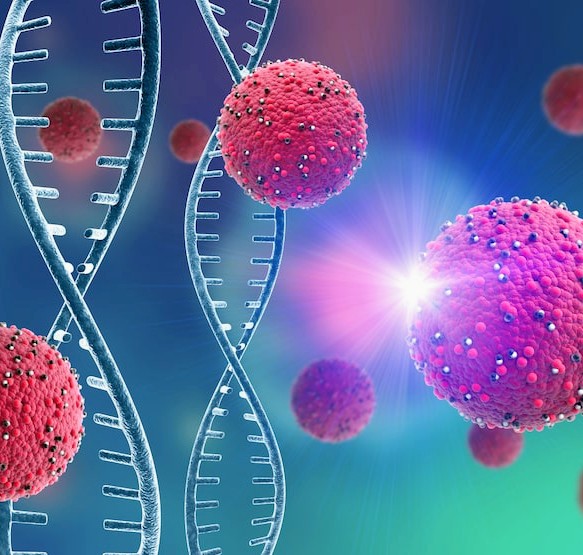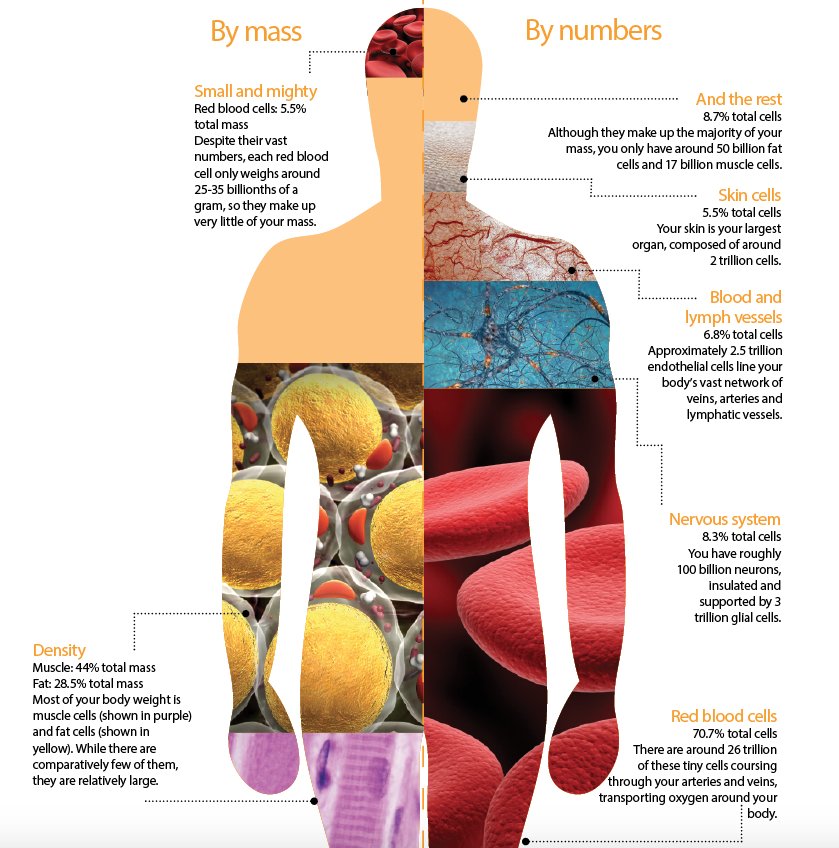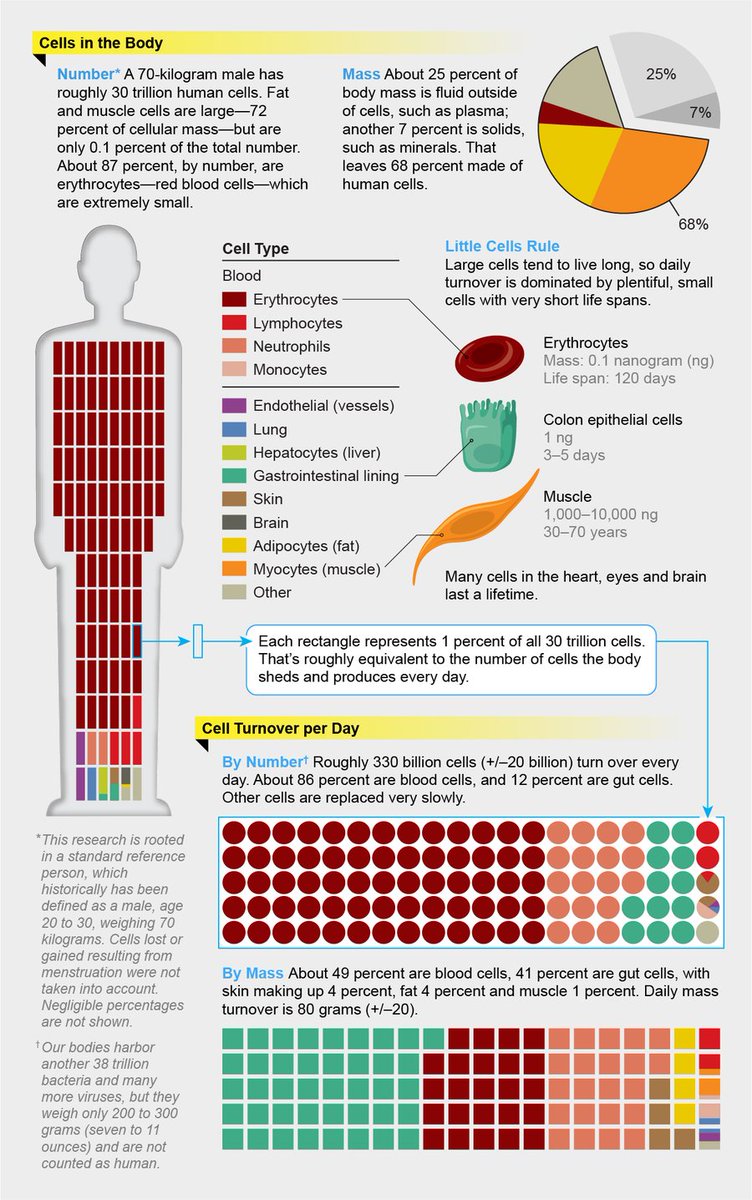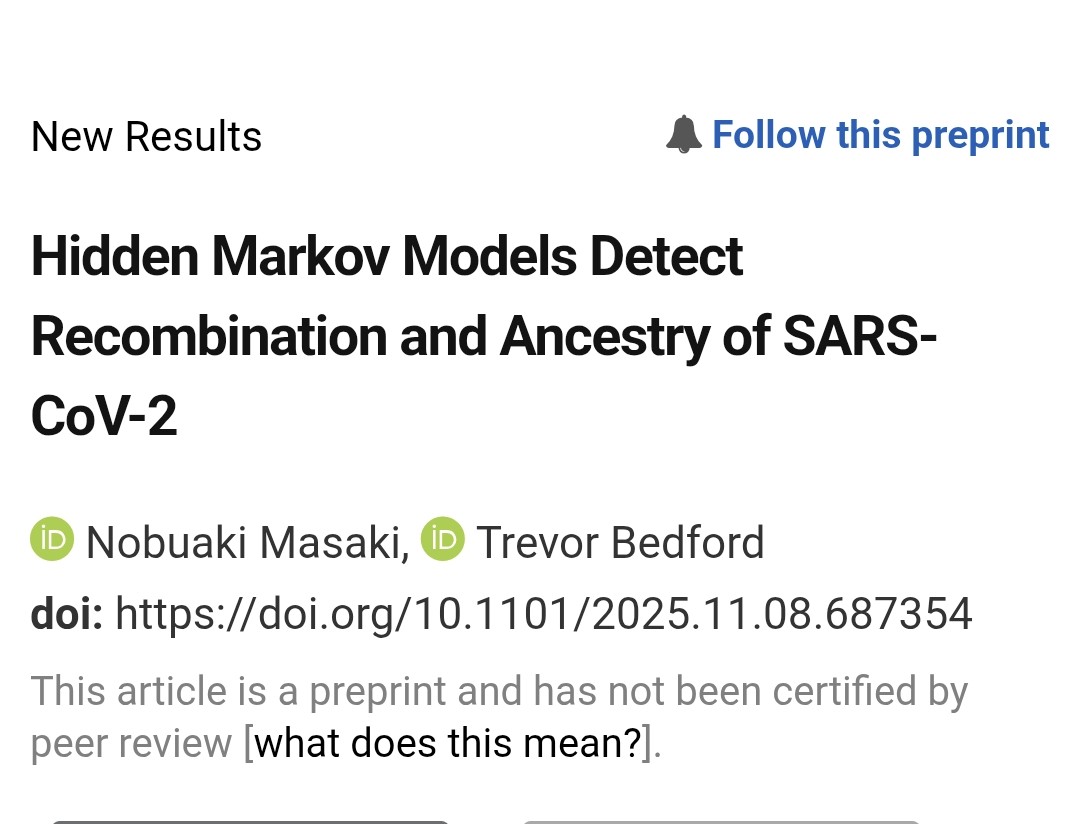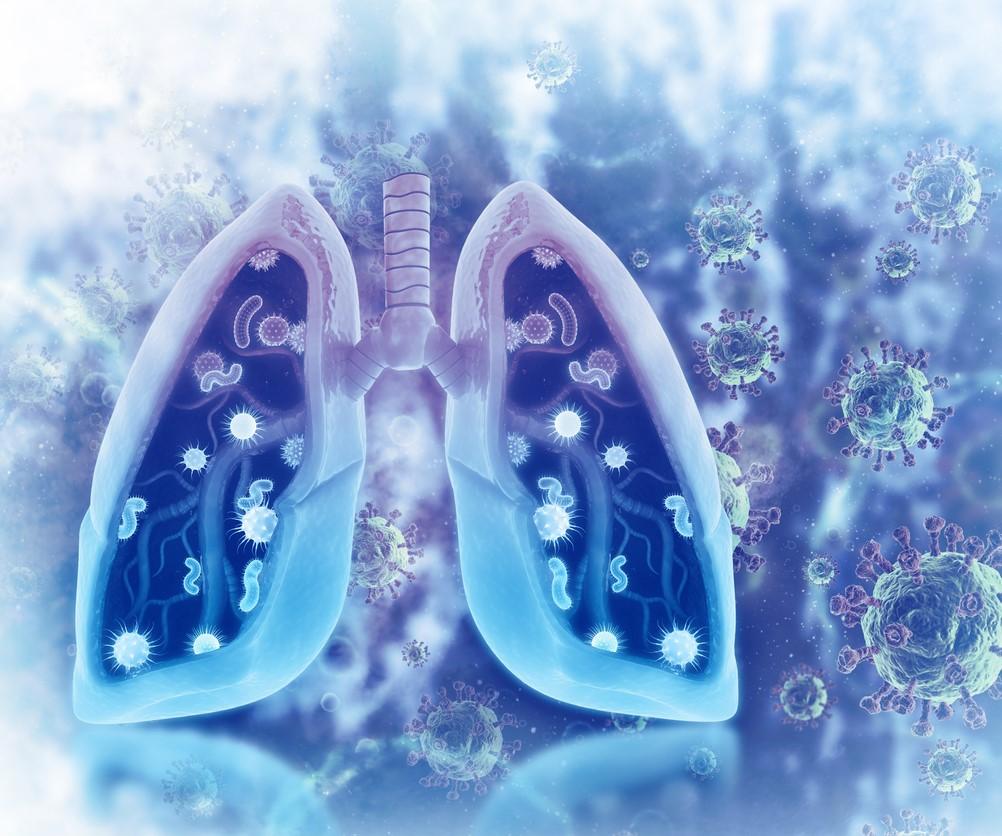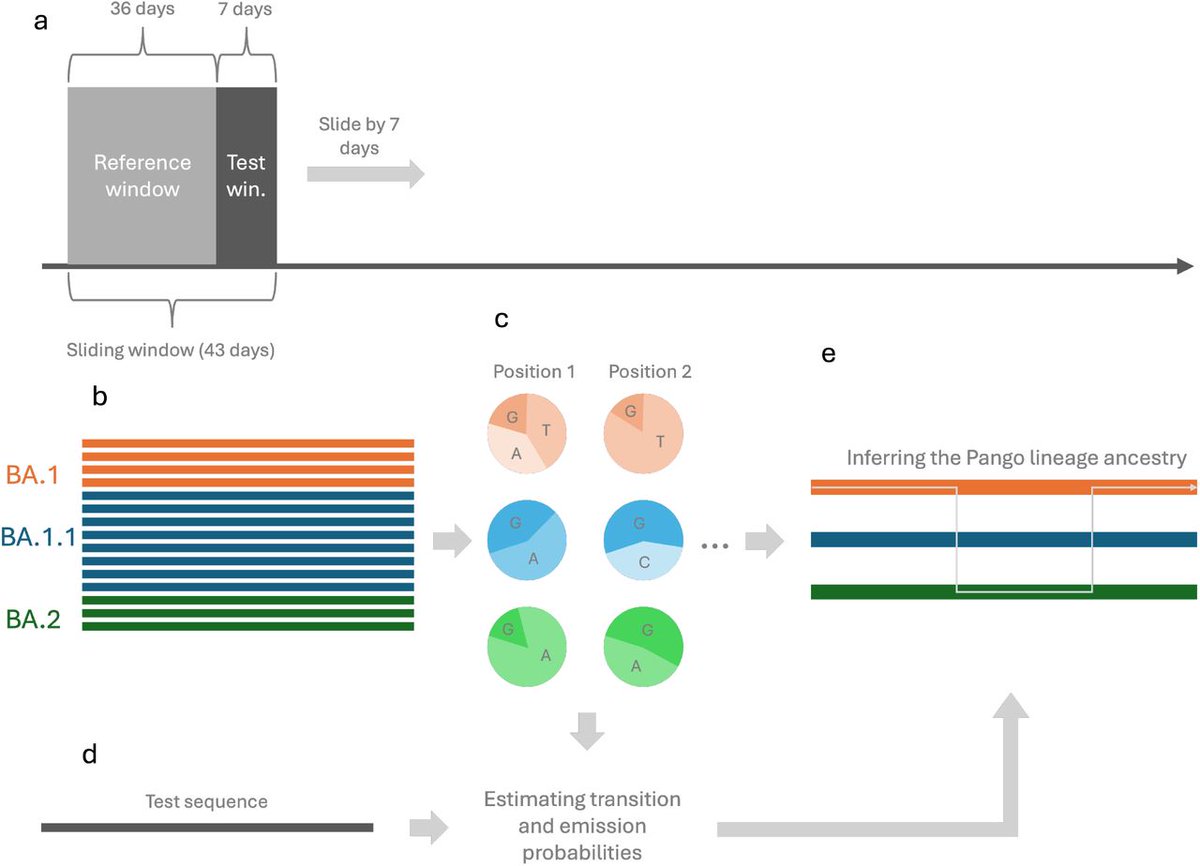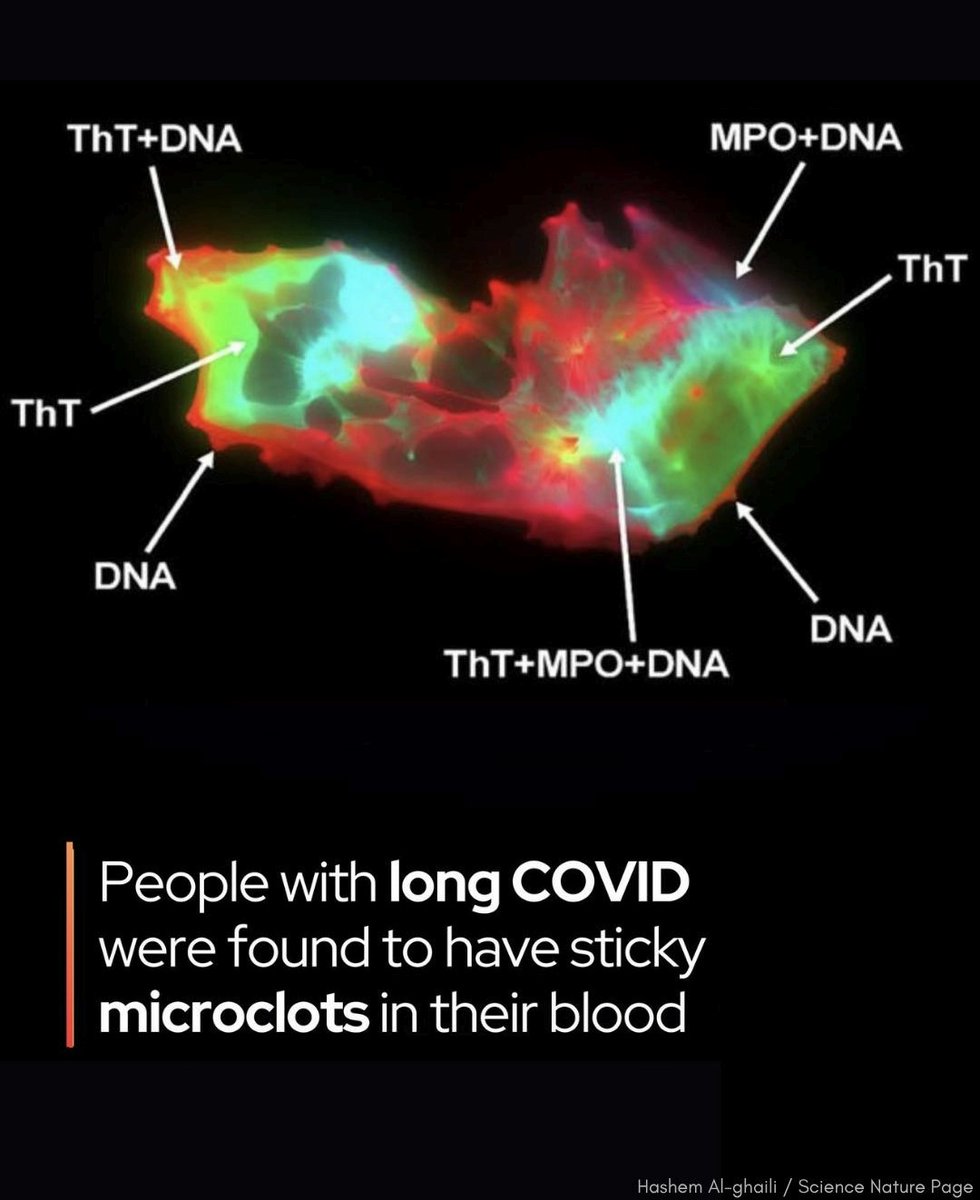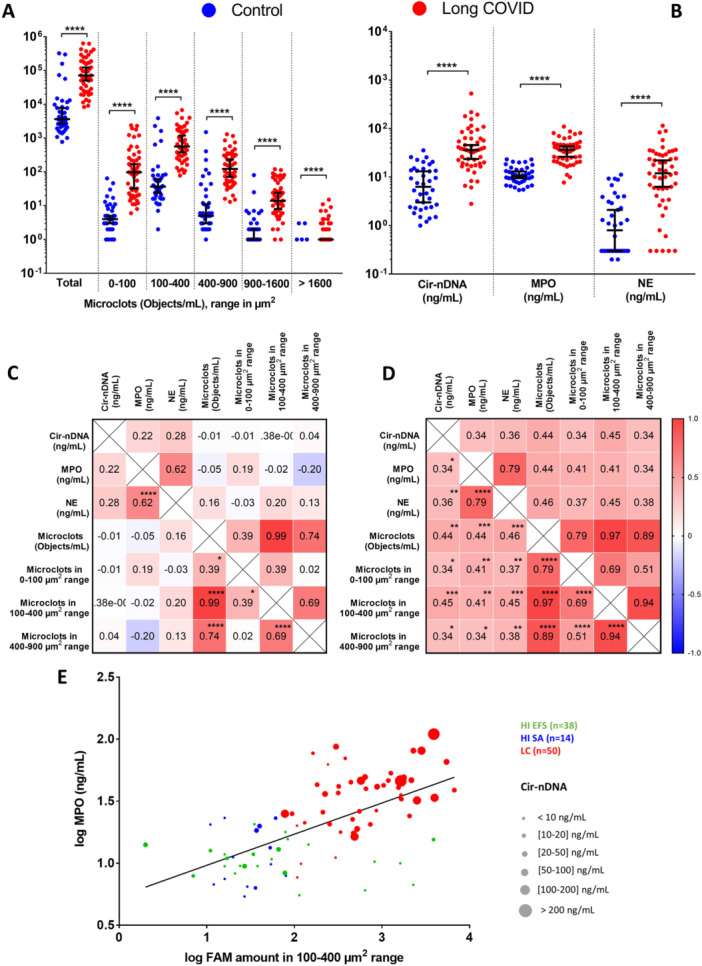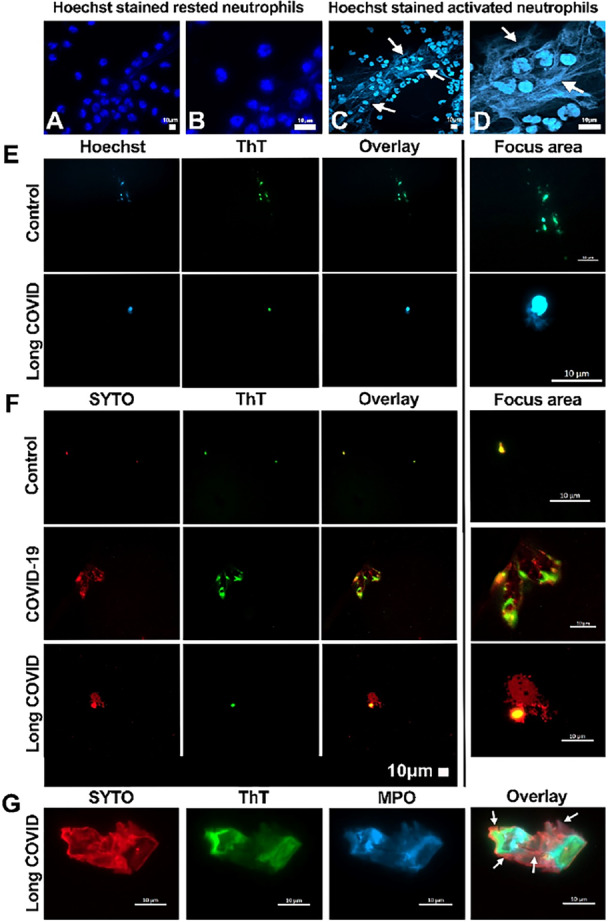INFLUENZA A ... H3N2
I DON'T LIKE THIS ONE !
Since its emergence in 1968, H3N2 has undergone a considerable number of mutations. It is, in a way the "Omicron" of HxNx viruses with several types :
- H3N2 HUMAN, which was the main strain this winter 2022/23 with in US (CDC) :
I DON'T LIKE THIS ONE !
Since its emergence in 1968, H3N2 has undergone a considerable number of mutations. It is, in a way the "Omicron" of HxNx viruses with several types :
- H3N2 HUMAN, which was the main strain this winter 2022/23 with in US (CDC) :

2) H3N2 SWINE, which evolved from H2N2 by antigenic shift, and caused the Hong Kong Flu pandemic of 1968 and 1969 that killed between one and four million people globally. 

4) H3N2 CANINE, which was identified in Asia during the 2000s with a mutation that adapted from its avian influenza origins and was recently detected in US.
"Canine influenza is on the rise among dogs in Philadelphia area"
inquirer.com/news/canine-in…
"Canine influenza is on the rise among dogs in Philadelphia area"
inquirer.com/news/canine-in…
5) So far, these different types are distinct at the antigenic level with little transmission from one species to another.
journals.asm.org/doi/10.1128/JV…
and
ncbi.nlm.nih.gov/pmc/articles/P…
journals.asm.org/doi/10.1128/JV…
and
ncbi.nlm.nih.gov/pmc/articles/P…
6) Nevertheless H3N2 continues to mutate very rapidly including in humans.
"Prevalence and mechanisms of evolutionary contingency in human influenza H3N2 neuraminidase"
nature.com/articles/s4146…
"Prevalence and mechanisms of evolutionary contingency in human influenza H3N2 neuraminidase"
nature.com/articles/s4146…

7) It is urgent to monitor and above all, to go faster in the preparation of vaccines against all HxNx.
"Ferret model to mimic the sequential exposure of humans to historical H3N2 influenza viruses"
sciencedirect.com/science/articl…
"Ferret model to mimic the sequential exposure of humans to historical H3N2 influenza viruses"
sciencedirect.com/science/articl…

8) As the risk does not only concern H3N2, we can have also recombinants, for example with for example H5N1.
Thanks for reading.
"Reassortment between avian H5N1 and human H3N2 influenza viruses creates hybrid viruses with substantial virulence"
pnas.org/doi/10.1073/pn…
Thanks for reading.
"Reassortment between avian H5N1 and human H3N2 influenza viruses creates hybrid viruses with substantial virulence"
pnas.org/doi/10.1073/pn…
@MeetJess @RadCentrism @HarrySpoelstra @DavidJoffe64 @arijitchakrav @C_A_Gustave
@1goodtern @TRyanGregory @Antonio_Caramia @gianlucac1 @MarionKoopmans @PeacockFlu @mrmickme @outbreakupdates
@1goodtern @TRyanGregory @Antonio_Caramia @gianlucac1 @MarionKoopmans @PeacockFlu @mrmickme @outbreakupdates
• • •
Missing some Tweet in this thread? You can try to
force a refresh



